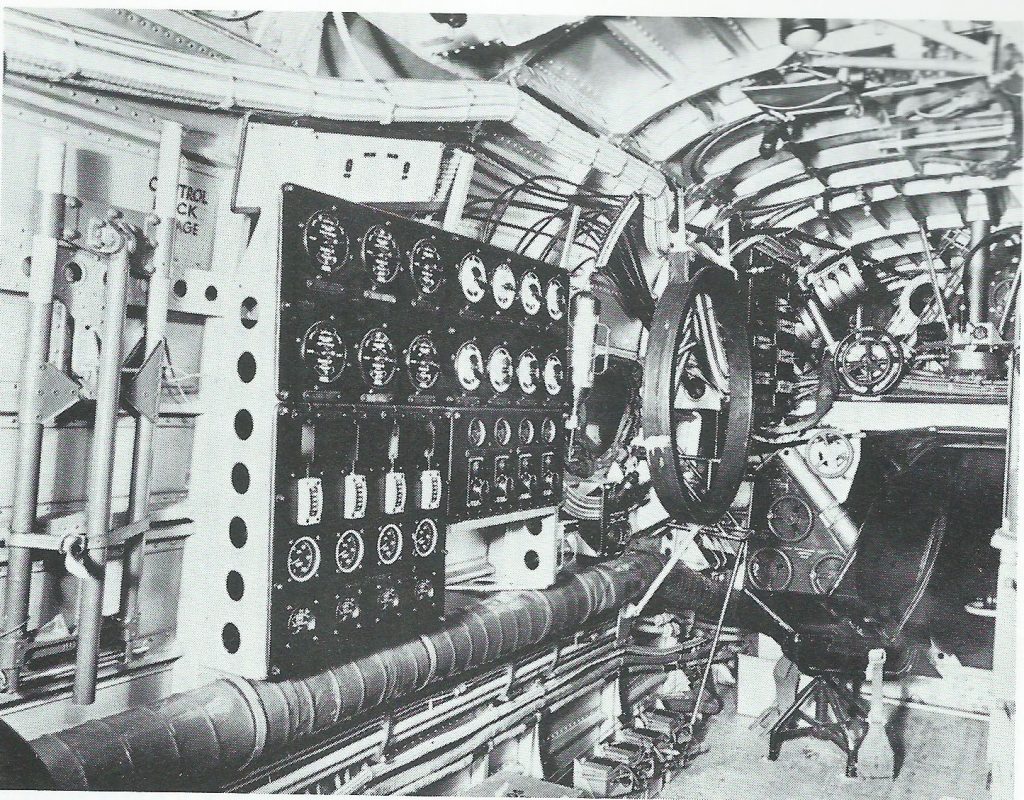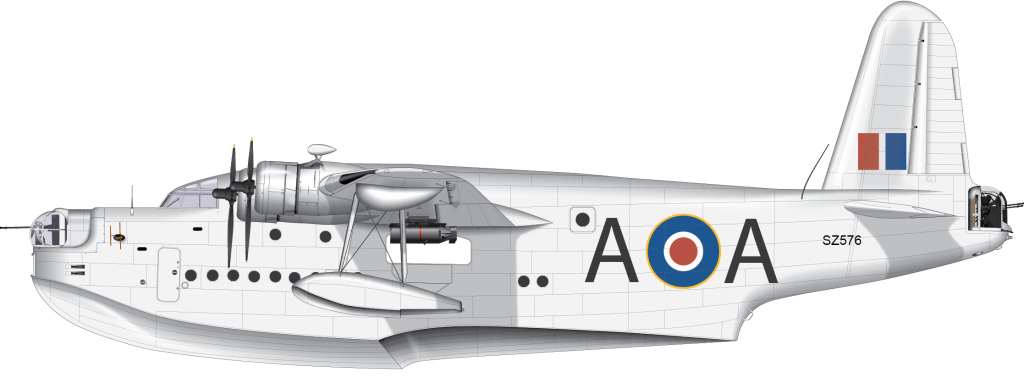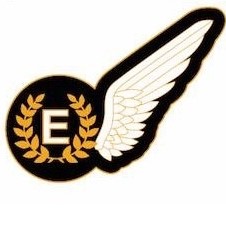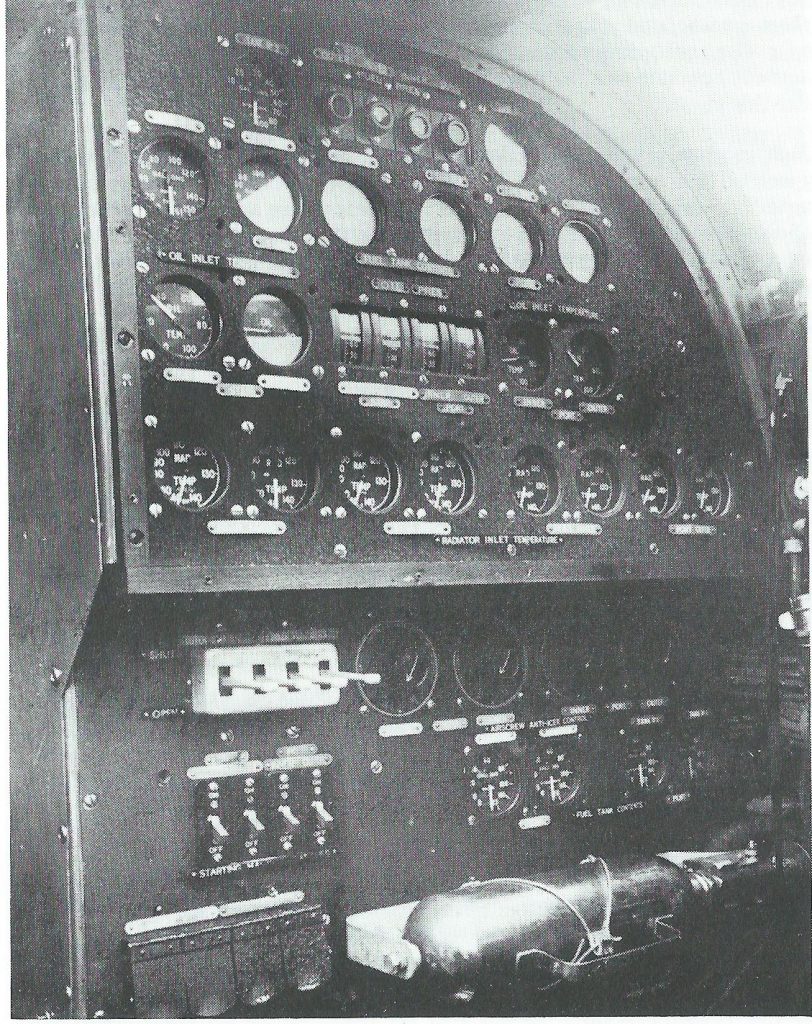On the 8 January 1940 an Air Ministry conference was convened to discuss the number and composition of crews on the RAFs new four engined bomber aircraft, the Short Stirling and Handley-Page Halifax. These were far more complex than any then in squadron use and the best possible performance from the engines was required. A systems monitor was needed too for such things as petrol supply cocks, boost regulators and engine coolers. He had to be able to carry out temporary repairs that may be sustained during enemy action and also be trained as an Air Gunner. It was proposed these duties be carried out by a new role of Flight Engineer.

These comparatively huge aircraft required far more crew than the ‘heavy’ (mainly biplane) bombers of the 1930s and more than other new bombers that were coming into service, such as the Handley-Page Hampden, Armstrong-Whitworth Whitley and Vickers Wellington – the ‘medium’ bombers.
In the 1920s and 1930s, the range and duration of most aircraft was very short compared with modem standards and only the larger flying boats of the RAF were capable of long-distance flying. Many flights were into areas far removed from RAF bases so provision for technical assistance had to be made for the pilots and observers – the only aircrew of that period. Additionally, the aircraft engines of the time were far from reliable.

RAF ‘Flight Engineers’ began on flying boat squadrons who employed groundcrew engine fitters and flight mechanics to assist in monitoring engine performance during (comparatively) long-distance flights and, if necessary, to carry out engine repairs in the case of failure or shut-down.
In January 1939 the immediate call was for more Air Gunners and the concept of ‘part-time’ that is using ground trades personnel as temporary aircrew was abandoned. With the exception of flying boat fitters the remainder were grounded. Gunner training had previously been carried out on the squadrons and upon receipt of their flying badge the men gained 3d (just over 1p) extra per day. An extra 6d (2.5p) was also paid for each day actually engaged in flying!
At the same time, the requirements of radio communications were recognized and air gunnery training was passed to the wireless trades leading to the ‘Wireless Operator/Air Gunner’ as full time aircrew. Gunnery was now an art form which could not be mastered as a sideline to a primary job. By 1940 training at specialised schools had replaced squadron instruction and Sergeant became the minimum aircrew rank.
Coastal Command carried on as before. In 1938 the first Sunderland flying boat had entered service and boasted a full Flight Engineers panel between the wing spars, by June 1940 only 34 were in service and there was no problem in finding first class fitters to man them; the Catalina, the only (then) twin-engined aircraft to include a Flight Engineer among its crew, numbered a single example in 1940.

The formal establishment of the aircrew category of Flight Engineer within the Royal Air Force was enshrined in Air Ministry Order A/190/41 dated 20th March 1941. This covered the ‘provision of Flight Engineers for certain types of heavy bomber and flying boat aircraft’. It stated: for training as Flight Engineers only skilled men are eligible: Fitters 1, Fitters 2, Fitters 2(E) and Fitters 2(AE). All are to be promoted to acting sergeant in their trade.’ As early as December 1940 the question of a flying badge for Flight Engineers was raised within the Air Ministry ‘An aircrew badge should be struck for the Air Engineer’. This would have been a simple modification of the single wing `Air Gunner’ badge which, in turn, was based on the Observers badge. Nearly 2 years passed before it became a reality, a protracted period especially when set against the 4 months for the Air Bomber and less than 2 in the case of the Navigator! Conferences were held to discuss the matter!
Flight Engineers took a three-week gunnery course as part of their training in order that they might take over a turret or gun if an Air Gunner were to be killed or wounded. In May 1941 an amendment stated that the Flight Engineer was now entitled to wear a flying badge — that of the Air Gunner – AG. The Outcome: ‘It is undesirable to deface or disfigure the design of the present air gunners badge by changing the letters AG for FE. The Air Gunners badge is highly prized and is now well known and respected and we do not want to have imitations of it which might tend to detract front its value.’
Although Engineers might do a gunnery course and entitled to wear the AG badge this was only part of their job and not comparable to the Wireless Operator/Air Gunner. A Flight Engineer needed either a wealth of knowledge or lengthy and comprehensive training.
This decision probably reflected entrenched opposition within the Air Ministry to a breach of the ‘Pilot/Observer’ basic aircrew structure; any other aircrew members were regarded as part-time and auxiliary.
This outmoded concept could not be allowed to continue; the whole of the aircrew structure within the RAF was changed by Air Ministry order A746/42. Whilst naturally retaining the Pilot category, the Observer role was dropped. The following categories of aircrew were then established:
I) Navigator with sub-categories of Navigator (B) [Bombing), Navigator (BW) [Bombing/Wireless], Navigator (W) [Wireless] and Navigator(R) [Radio]
2) Air Bomber
3) Wireless Operator (Air Gunner).
4) Air Gunner with sub-categories of Air Gunner (Wireless Operator/Mechanic) and Air Gunner (Flight Mechanic) mainly for Coastal Command Operations.
5) Flight Engineer.
This reflected the concurrent decision to do away with two Pilots for heavy bombers; regarded at that time as being wasteful given heavy aircrew losses. Losing two Pilots was thought to be unacceptable. In smaller aircraft like the Wellington the Air Bomber became a second Pilot/.Pilot’s Mate’ to the extent of being able to fly straight and level on a course; in larger aircraft the Flight Engineer performed this role.

Distinctive badges for all the new categories of aircrew were introduced in the latter part of 1942.
The problem was how and who to train to become Flight Engineers. It was agreed that mechanics could do the job; Coastal Command had for some years used fitters. Next was the training; some suggested courses at the engine and airframe manufacturers of the particular type of aircraft followed by gunnery training, and others suggested a short period of training on one of the Operational Training Squadrons (OTUs).
Personnel Eligible for Flight Engineer Training
20 March ’41 Fitters 1, Fitters 2, Fitters 2(E) and Fitters 2(AE)
30th April ’42 All Engine Fitters were requested for volunteers and suitable candidates.
2nd July ’42 All Engine Mechanics were requested for volunteers and suitable candidates.
9th July ’42 All Airframe Tradesmen (Fitters and Mechanics)
16th July ’42 Conversion of Flight Mechanics and Fitters directly after initial training.
June ’43 Training open to all RAF Trades
Direct entry recruiting was not formally introduced until 3′ July 1943. However some early direct entrants bypassed the system using the following route:
3 weeks – Aircrew Reception Centre in Regents Park London.
5 weeks – Initial Training Wing Torquay.
3 months – Flight Mechanic Course at RAF St. Athan followed by an equal period of [aircraft] type training.
